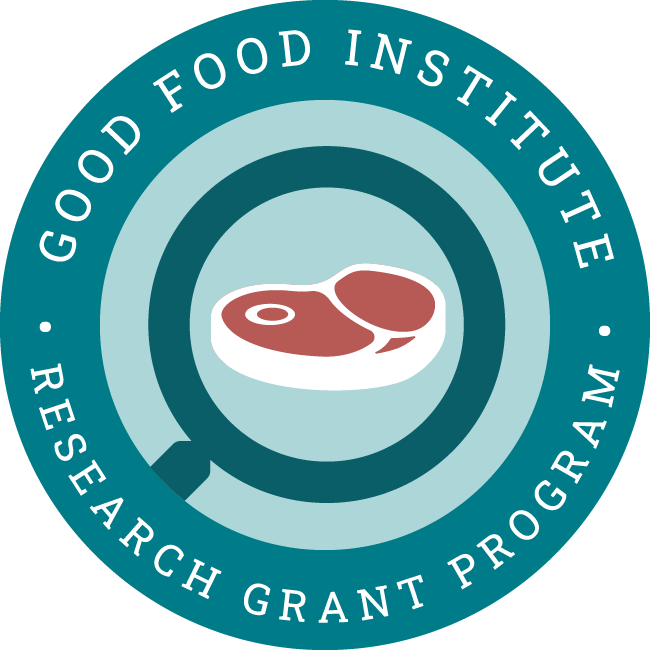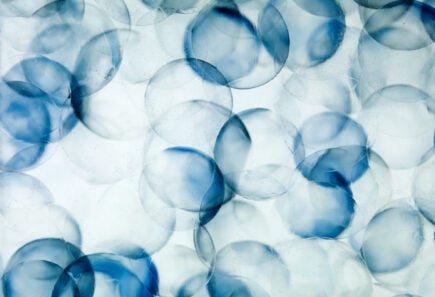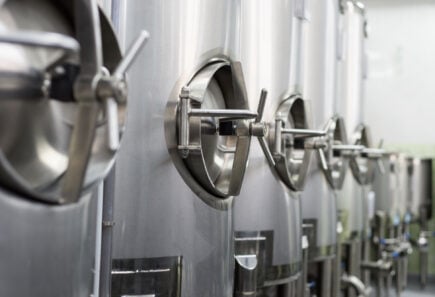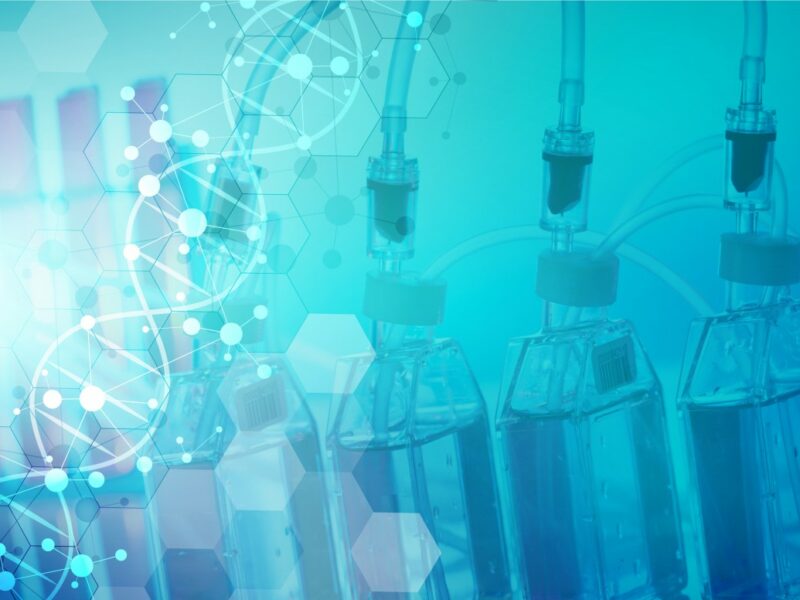RealSense: Integrating biosensors for cultivated meat
2019-2022
Dr. Gadjanski and Dr. Radonic are integrating sensors and in-line monitoring systems into bioreactors for cultivated meat production.
PRODUCTION PLATFORM: Cultivated
TECHNOLOGY SECTOR: Bioprocess design

Project aims
This project develops and integrates sensors and systems for in-line and real-time monitoring into bioreactors used for cultivated meat. This will improve efficiency and consistency of cultivated meat production.
RealSense1
Phase 1 of this project develops prototype sensors for in-situ measurements of biomass, nutrient, and metabolite quantities in growth media. To conduct in-line monitoring, it implements a “lab-on-a-chip” strategy that combines sensors with microfluidic devices. It uses a scale-down approach to solve process problems before scale translation. These sensors will reduce cost through medium recycling and enable maximization of cell proliferation per unit medium volume.
RealSense2
Phase 2 of this project identifies the most efficient configuration for integrating sensors into stirred-tank bioreactors. It optimizes the next generation of biomass, nutrient, and metabolite sensors and enables their configuration in bioreactors.
This work will improve bioprocess control in cultivated meat production through in-line monitoring systems. These systems could also enable media recycling, which would reduce the cost of cultivated meat production.
Principal researchers

2019-2021
Dr. Ivana Gadjanski
Assistant Director for Science and Research, Associate Professor, BioSense Institute, University of Novi Sad, Serbia
Dr. Gadjanski possesses interdisciplinary expertise, with interests in bioengineering, synthetic biology, biosensors, and microfluidics. A Fulbright alumni from Columbia University, she promotes digital fabrication in STEAM fields in Southeast Europe as the founder of the nonprofit Fab Initiative.

2020-2022
Dr. Vasa Radonic
Senior Researcher, BioSense Institute, University of Novi Sad, Serbia
Dr. Radonic possesses expertise in sensors, microfluidics, modeling, and computational fluid dynamics. His work also draws on BioSense’s in-house nanotechnology, chemistry, and biology experts to address specific sensor requirements.

RealSense
Explore the project website for more information about this team’s research.
View related grant projects

Co-culturing cells
GFI grantee Dr. Mariana Petronela Hanga is researching culturing different cell types at the same time.

Designing cost-effective bioreactors
Learn about Dr. Marianne Ellis’s work at University of Bath to reduce the cost of bioreactors for cultivated meat production.

Computational modeling
GFI grantee Dr. Simon Kahan at the Cultivated Meat Modeling Consortium is using computational modeling to improve bioreactor design for meat cultivation.
Explore research opportunities
-
Cultivated
High-performance oxygen carriers for cultivated meat
Mammalian cell culture performance can be limited by oxygen and carbon dioxide levels or by shear stress associated with sparging and mixing. The use of protein-based oxygen carriers could help…
-
Cultivated
Developing scalable, fit-for-purpose bioreactor and bioprocessing technologies for cultivated meat
Optimizing bioreactor and bioprocessing technologies for the needs of the cultivated meat industry has the potential to substantially reduce the cost of cultivated meat production. Innovations in cultivated meat bioprocessing…
-
Cultivated
Scaffolds and structural approaches to optimize fat distribution and content in cultivated meat
The inclusion of fat and marbling in cultivated meat is likely to increase its flavor, texture, and consumer appeal. Structural approaches using edible microcarriers, hydrogels, and 3D bioprinting present promising…
Check out related resources

This lab-on-a-chip could lower the cost of cell-based meat
GFI research grant recipient Dr. Ivana Gadjanski is developing a new generation of sensors to monitor nutrients and biomass during cell-based meat production.

Poster presentation from the RealSense team
View the poster presentation that the RealSense team presented at the Good Food Conference.

Microfluidic sensor based on composite left-right handed transmission line
Read the RealSense team’s peer-reviewed paper, published in MDPI.
